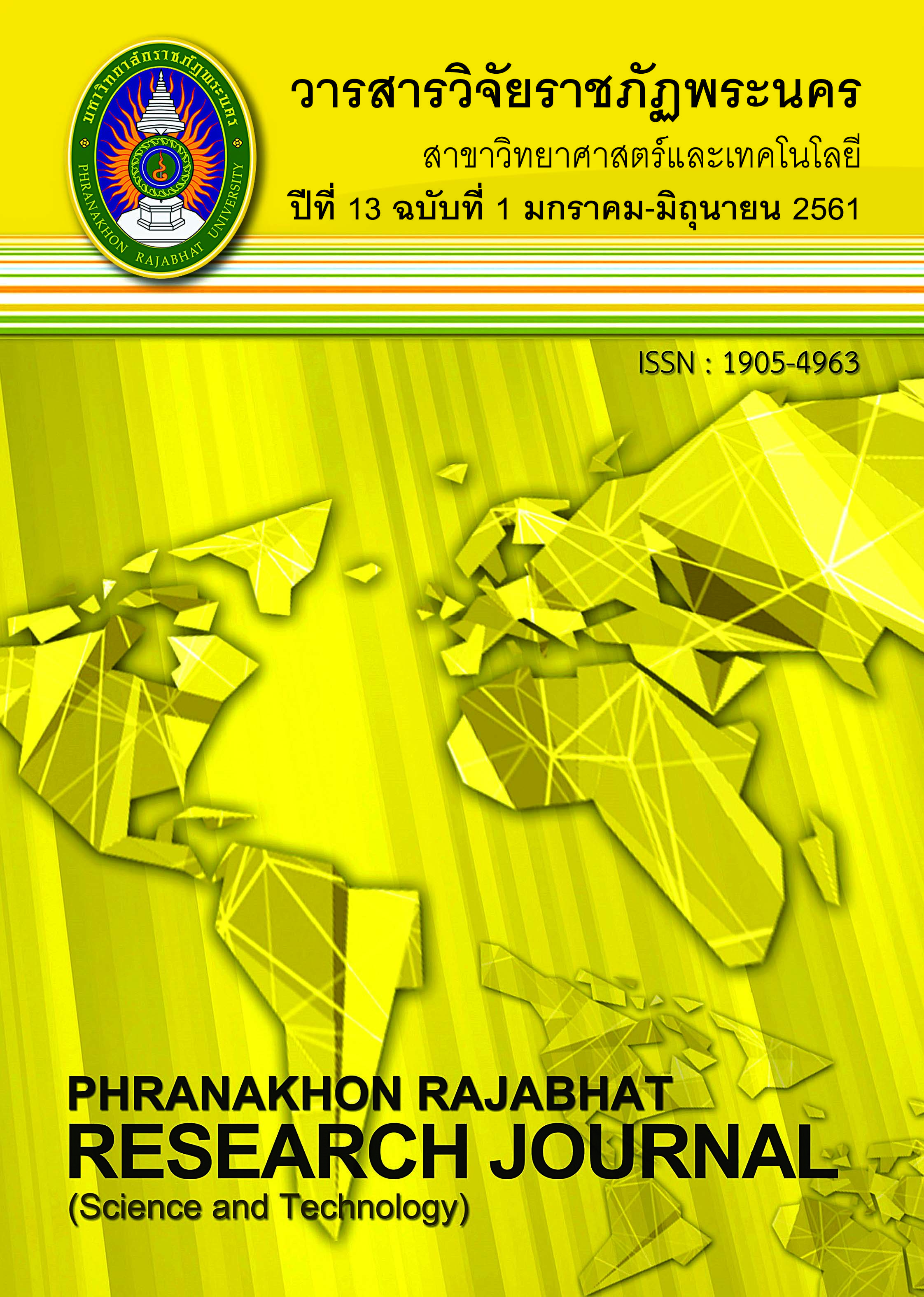A STUDY OF WOX FILMS PREPARED BY SPRAY PYROLYSIS FOR ELECTROCHROMIC DEVICE
Keywords:
spray pyrolysis, tungsten oxide, electrochromic deviceAbstract
In this work, tungsten oxide (WOx) films were deposited on glass substrate by spray pyrolysis technique. Alkoxide (WCl6(OC2H5)) solution with the concentration of 20 mM was used as a sprayed solution. The sprayed pressure was adjusted at 2 MPa and sprayed with discontinuous sprayed condition (ON-1 second and OFF - 11 second for each sprayed cycle) to avoid cooling substrate temperature. The effect of solution volume and substrate temperature were studied. The solution volume was varied as 50, 100 and 150 ml at the same substrate temperature of 250 oC.The substrate temperature was varied as 150, 200 and 250 °C at the same solution volume of 100 ml. After that, the crystal structure, optical properties, surface morphology and elemental analysis were characterized by x-ray diffractometer (XRD), uv-visible spectrophotometer, scanning electron microscope (SEM) and energy dispersive spectrometer (EDS), respectively. The x-ray diffraction results showed that the as – deposited films were polycrystalline amorphous structure. After annealing at the temperature of 500oC for 2 hours, the diffraction peaks of WO3 were indicated at (200), (112), (202), (140) and (142) plane. The transmittance decreases due to increasing of films thickness when the solution volume increases, and It increases at higher substrate temperature because the films thickness deceases due to the higher evaporation rate of solution droplets. The results of elemental analysis found that the amount of tungsten and oxygen increase with the increasing of films thickness. This tungsten oxide film can be used as electrochromic device because the color was changed when applied the electric field to the film.
References
Jiang, F., Zang, Y., Sun, N., and Leng, J. (2015). Tungsten coating prepared on molybdenum substrate by electrodeposition from molten salt in air atmosphere. Applied Surface Science, 327, 432-436.
Huang, K., Jia, J., Pan, Q., Yang, F., and He, D. (2007). Optical, electrochemical and structural properties of long-term cycled tungsten oxide films prepared by sol-gel. Physica B, 396 (1-2), 164-168.
Madhavi, V., Kondaiah, P., Hussain, O.M., and Uthanna, S. (2014). Structural,optical and electrochromic properties of RF magnetron sputtered WO3 thin films.Physica B, 454, 141- 147.
Nanotec-KMUTT Center of Excellence on Hybrid Nanomaterials for Alternative Energy (2015). electrochromic
device. Retrieved from https://www.kmutt.ac.th/hynae/ [2015,10 June.]
Nadja, B.D., Julia, C.O., Guiherme, S., Marcelo, B., Henri, B., Andre, G., Eduardo, C., and Irene, T.S. (2015). Tungsten oxide thin films obtained by anodisation in low electrolyte concentration. Thin Solid Films, 578, 124-132.
Regragui, M., Addou, M., Outzourhit, A., Idrissi, E.E., Kachouane, A., and Bougrine, A. (2003). Electrochromic effect in WO3 thin films prepared by spray pyrolysis. Solar Energy Materials & Solar Cells, 77(4), 341-350.
Stoycheva, T., Annanouch, F.E., Gracia, I., Llobet, E., Blackman, C., Correig, X., and Vallejos, S. (2014). Micromachined gas sensors based on tungsten oxide nanoneedles directly integrated via aerosol assisted CVD. Sensors and Actuators B: Chemical,198, 210-218.
Downloads
Published
Issue
Section
License
โปรดกรอกเอกสารและลงนาม "หนังสือรับรองให้ตีพิมพ์บทความในวารสารวิจัยมหาวิทยาลัยราชภัฏพระนคร สาขาวิทยาศาสตร์และเทคโนโลยี" ก่อนการตีพิมพ์



